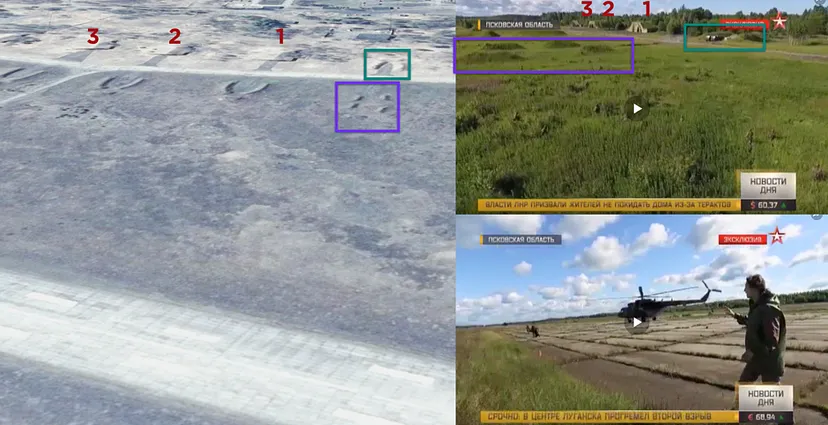#ZapadWatch: Russian Airborne By Baltics
Russia continues “anti-terror” exercises on the Baltic border
#ZapadWatch: Russian Airborne By Baltics
Share this story
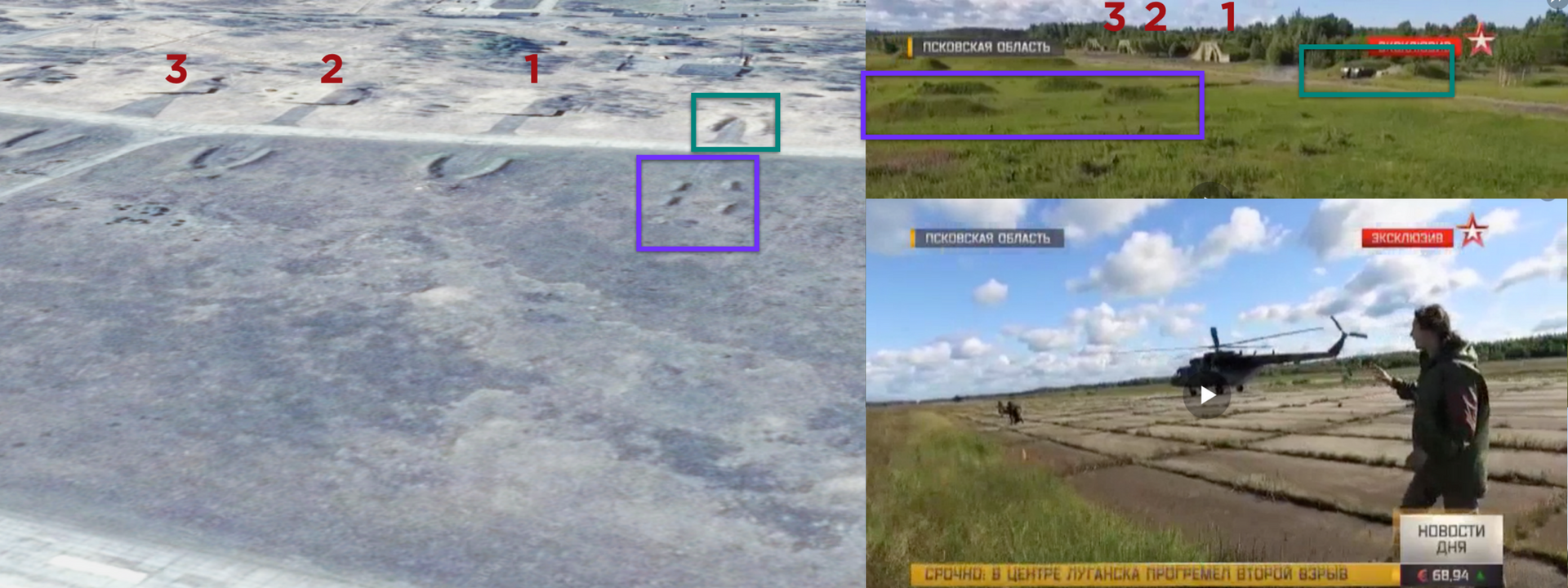
Russia continues “anti-terror” exercises on the Baltic border
In the week beginning July 3, Russia carried out an airborne exercise in the Pskov area, located just 60 kilometers away from the Latvian and Estonian borders. Despite claims by Russian officials, the equipment and location of the exercise shows training for something larger than traditionally tailored counterterrorism operations. This theme is consistent with our previous reporting on exercises in the lead-up to Russia’s largest military exercise, Zapad 2017, scheduled for September.
As previously announced by the Russian Ministry of Defense (MoD), this was the second largest airborne exercise this year, after one carried out in March on the Crimean peninsula.
A video released by the Russian MoD on July 6 shows some of the components of the exercise.
As stated by Zvezda, the Russian Ministry of Defense TV network, the main task of the exercise was “to terminate a supposed terrorist formation.”
Several articles about the exercise published on Zvezda’s website explained the scenario of the exercise.
While an air assault division in Pskov prepared control points equipped with modern automated control-and-communication facilities, paratroopers from the Ulyanovsk and Ivanovo airborne forces landed and “took over” an airport held by an “enemy.” Then the paratroopers crossed the Velikaya River. During the night, the Ivanovo airborne forces moved military equipment over 100 kilometers to the Struga Krasnye firing range and began reconnaissance of the “enemy’s regrouped forces.” Finally, after part of the airborne forces created a diversion for the “enemy,” the rest of the forces carried out a massive attack.
“Aviation, artillery, and all means of fire, including modern ones, were used to carry out the attack,” reports Zvezda.
On July 7, Zvezda published a video story showing the exercise.
Reconstructing the exercise
The exercise was carried out by paratroopers of the 76th (Pskov) Airborne Assault Division, in cooperation with units of the 98th (Ivanovo) Airborne Division and the 31st (Ulyanovsk) Airborne Assault Brigade.
On July 5, Russian Airborne Forces posted that the first phase of the exercise was happening in Kislovo, near the city of Pskov.
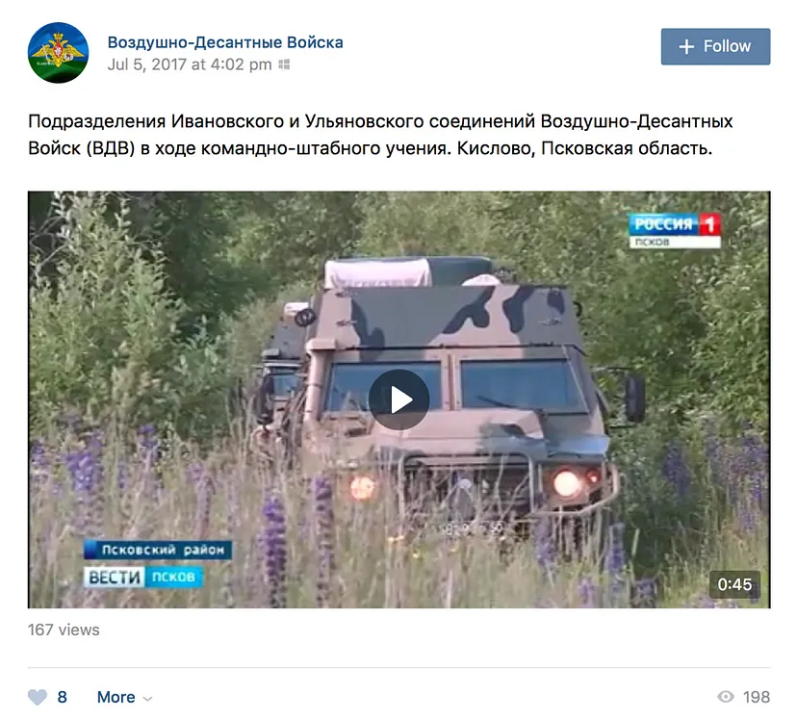
According to the location crowdsourcing platform eSosedi, the Kislovo field was used for the paratroopers’ landing. It is located 10 kilometers from Pskov.
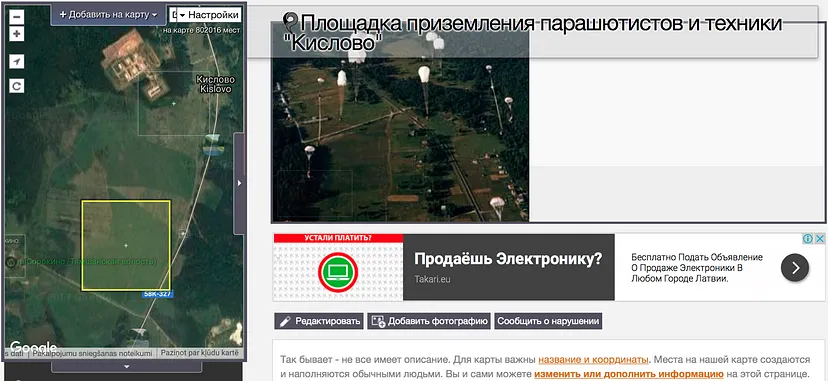
The line of forest and sandy road, as seen in satellite images, matches with images from the video footage published by the airborne forces on July 7.
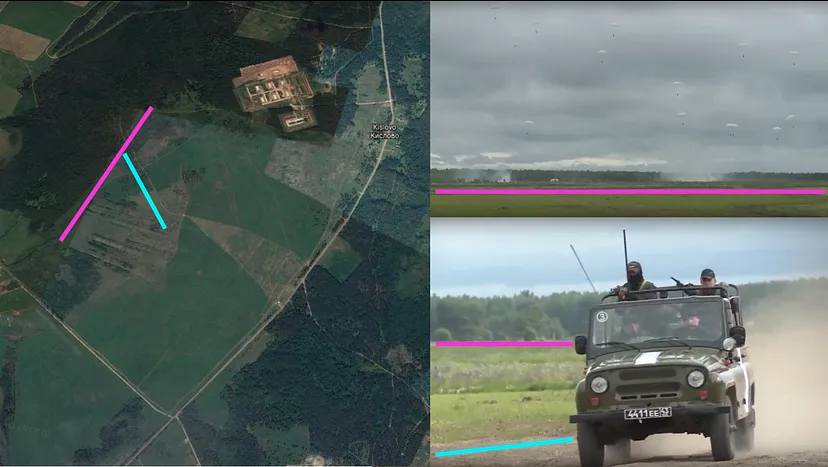
The footage also shows an observation booth located by a road used by civilians (light blue line). A white car that appears briefly in the footage, in the top left corner of the shot, identifies it. There is a parking lot right behind the booth, as is visible on the satellite image below (green rectangle). Two vehicles are located on it in the video. A military vehicle appears from the right corner in the video. The road it takes is visible on the satellite image below (yellow).

Zvezda also reported that the airborne forces from Ulyanovsk would use helicopters to carry out tactical operations in the area of the city of Gdov, located over 100 kilometers away from Pskov.
The airfield used for the exercises, Smurovevo-2, is located 14 kilometers north of Gdov. The landing platform, shelters, and ground formations shown in a video story by Zvezda match with formations visible on a satellite image.
The look of the shelters matches footage from the airfield published on YouTube on October 13, 2013.
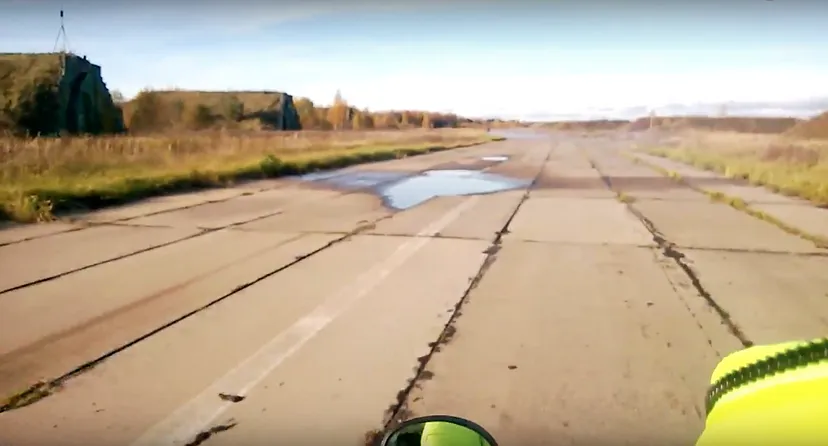
On July 5, Zvezda reported that the paratroopers landed simultaneously on the landing site of the 76th division and on a military airfield near the city of Ostrov, in the Pskov region. Then they crossed the Velikaya River and, 100 kilometers further on, carried out the final stage of the exercise in the Struga Krasnye range.
The 76th division is located in a military village in Pskov, and the landing site it most likely used is in Kislovo. The closest military airfield to the city of Ostrov is Veretje, located seven kilometers away. The Velikaya River passes both the Veretje airfield and the Kislovo range. The Struga Krasnye range, located within Vladimirsky Base, is 120 kilometers away.
Artillery
Zvezda TV reported on the missile systems used during the attack on the Struga Krasnye range.
The report reads:
The military fired the anti-aircraft missile system “Strela-10.” The missile struck an air target at a distance of about two kilometers. The same target was brought down by the Igla missile system.
In the meantime, the Ivanovo paratroopers used a jet assault grenade and a “Kornet” anti-tank missile system.
According to Militaryarms.ru, the Strela-10 (image below) is actively used in the conflict in eastern Ukraine, especially by the separatists, as the @DFRLab has chronicled. The system can hit a target at an altitude of 25 to 3000 meters and at a distance of 800 to 5000 meters.
The “Kornet” anti-tank missile system (image below) is capable of destroying targets from 100 to 5500 meters away during day-time, and targets from 100 to 3500 meters away during night-time.
Action and reaction
The exercise was noticed by Sten Hankewitz, deputy editor of the website Estonian World.
In an article published on July 5, he wrote:
According to Newsweek, Russia has formally denied it would ever attack a NATO member, which Estonia and Latvia both are. But such promises have done little to assuage worries in these countries because during the annexation of Crimea, Russia also insisted its troops were not participating in it, and, moreover, Moscow continues to deny it has a military presence in eastern Ukraine.
The remark comes in the context of broader concerns about the large-scale military exercise Zapad 2017. According to the NATO Association of Canada, there is a risk that the exercise will turn into a surprise attack, as happened in the military conflicts in Georgia (2008) and Ukraine (2014).
@DFRLab will continue to monitor the situation through the summer, as preparations for Zapad 2017 intensify. If you or any other #DigitalSherlocks see anything on the ground or online related to the exercises, join the conversation using #ZapadWatch.

